Shiplap walls bring timeless warmth and texture to dining rooms, blending farmhouse charm with modern sophistication. Whether painted classic white or stained in rich wood tones, shiplap can serve as a full feature wall or subtle accent framing artwork and shelving. Incorporating contrasting paint, wallpaper, or mixed materials alongside shiplap adds depth and personalization, while elements like mirrors, lighting, and built-in seating enhance both function and style. From half-wall installations to vertical orientations and bold color palettes, these 20 ideas showcase the versatility of shiplap in creating inviting, character-filled dining spaces.
1. Classic White Horizontal Shiplap

A full wall of crisp white horizontal shiplap brightens the room and reflects natural light for an airy feel. The uniformity of horizontal boards provides a clean backdrop for wooden tables and colorful tableware. White shiplap also pairs beautifully with metallic accents like copper light fixtures or gold-framed mirrors. To prevent monotony, introduce texture through woven rugs or rattan chairs to balance the sleek lines. Accent with greenery or fresh flowers to soften the geometric look and add organic warmth.
2. Natural Wood-Stained Shiplap
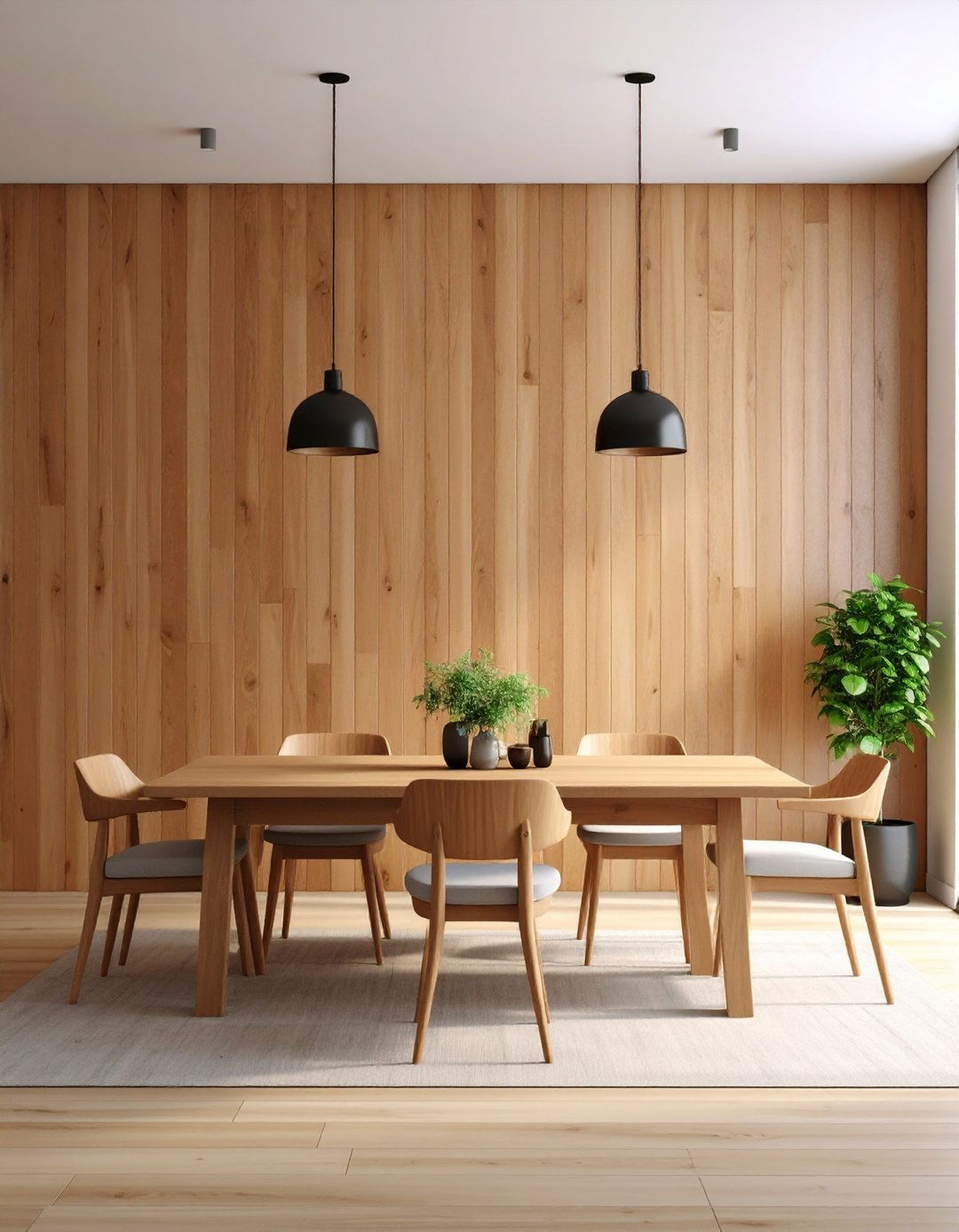
Staining shiplap in a natural wood finish highlights the grain and adds rustic elegance to the dining area. Rich walnut or oak stains contrast nicely against lighter furnishings, creating a focal wall with depth. Natural finishes also work well in open-concept spaces, linking the dining room to adjoining living areas. Keep surrounding walls neutral to let the wood tones stand out without overwhelming the room. Incorporate black metal light fixtures or hardware for a modern farmhouse edge.
3. Half-Wall Shiplap with Wallpaper Above
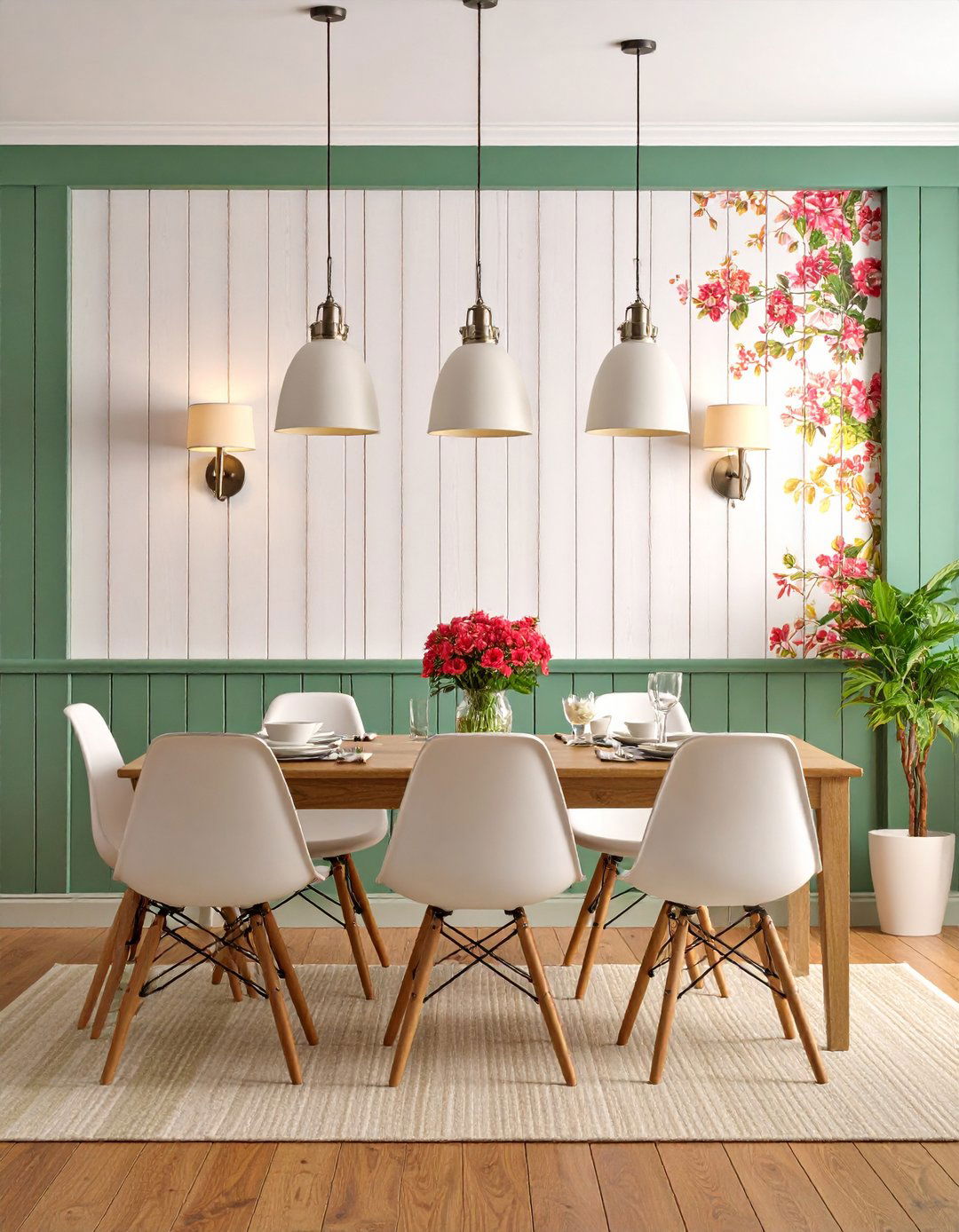
Divide the wall horizontally, installing white shiplap on the lower half and botanical or geometric wallpaper above for a stylish contrast. This combination balances the timeless appeal of shiplap with the personality of patterned wallpaper. Choose wallpapers with muted palettes to complement the rustic texture rather than compete with it. A chair rail or simple molding conceals the transition between materials for a polished look. Highlight the junction with wall sconces or a gallery ledge to draw the eye upward.
4. Vertical Shiplap Accent Wall
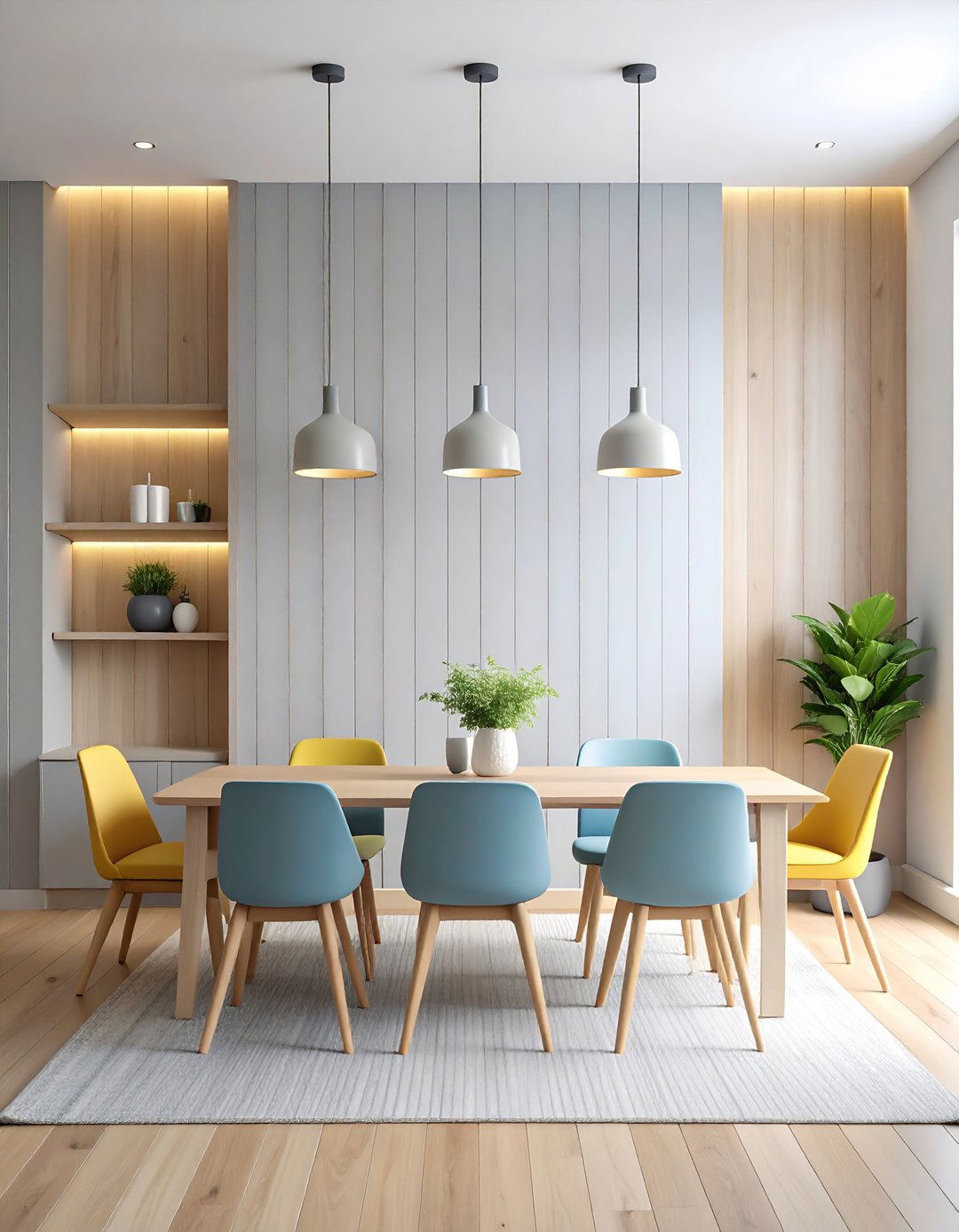
Orienting boards vertically creates the illusion of greater ceiling height, ideal for rooms with lower ceilings. Vertical shiplap also lends a contemporary twist to the traditional horizontal layout. Paint in a subdued gray or soft pastel for subtle interest without overpowering the space. Pair with slim, floor-to-ceiling shelving on either side to frame the wall and provide display space. Install uplighting or picture lights to accentuate the board edges and add ambiance.
5. Two-Tone Painted Shiplap
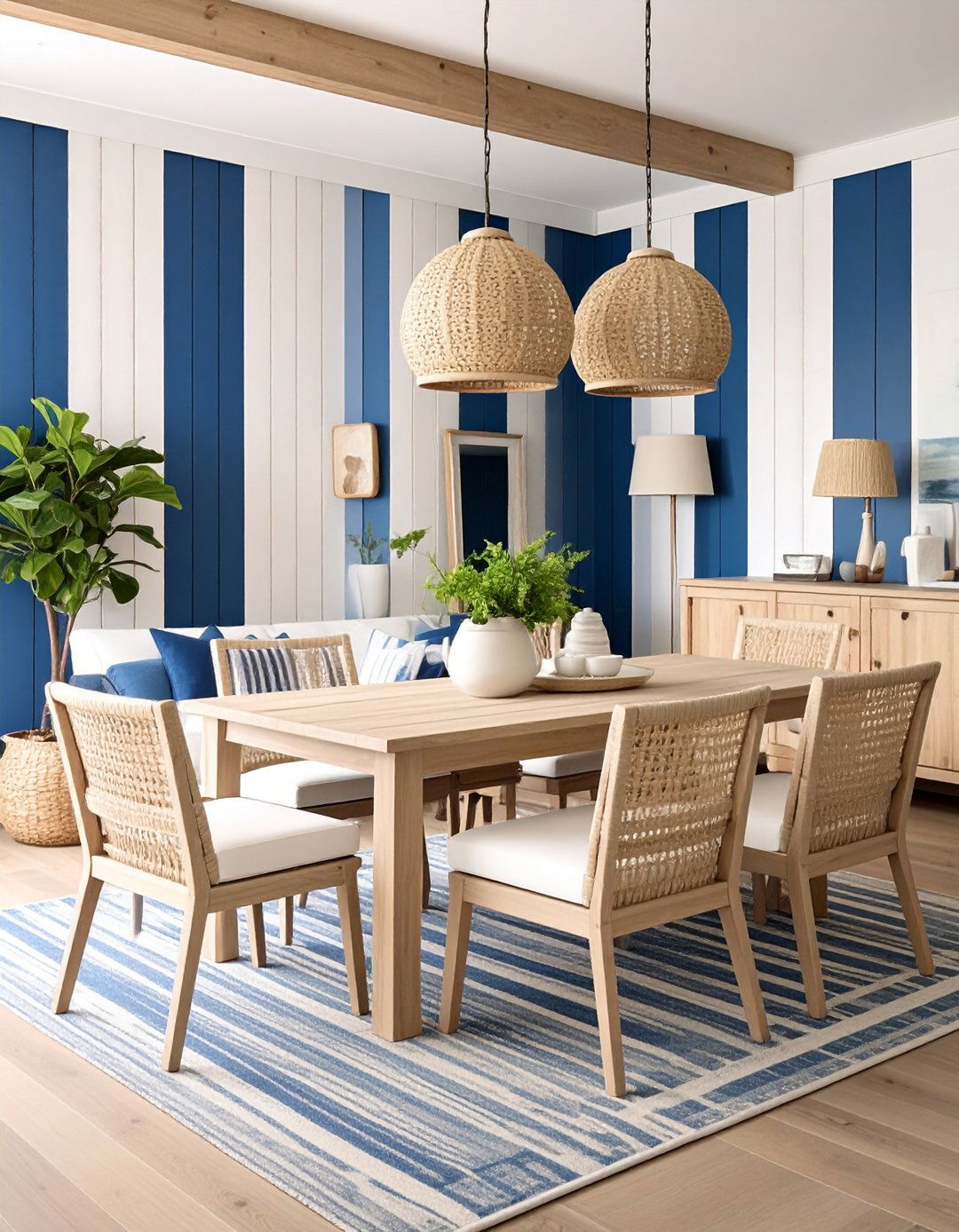
Enhance shiplap by painting alternating boards in two complementary colors—such as navy and white—for a dynamic striped effect. This playful approach works well in eclectic or coastal-inspired dining rooms. Use high-quality, durable paint to ensure clean lines and long-lasting finish. Balance the bold wall with neutral furniture and textiles to avoid visual clutter. Finish with simple decor like woven baskets or minimalist art to let the wall design shine.
6. Shiplap Framed Artwork Gallery
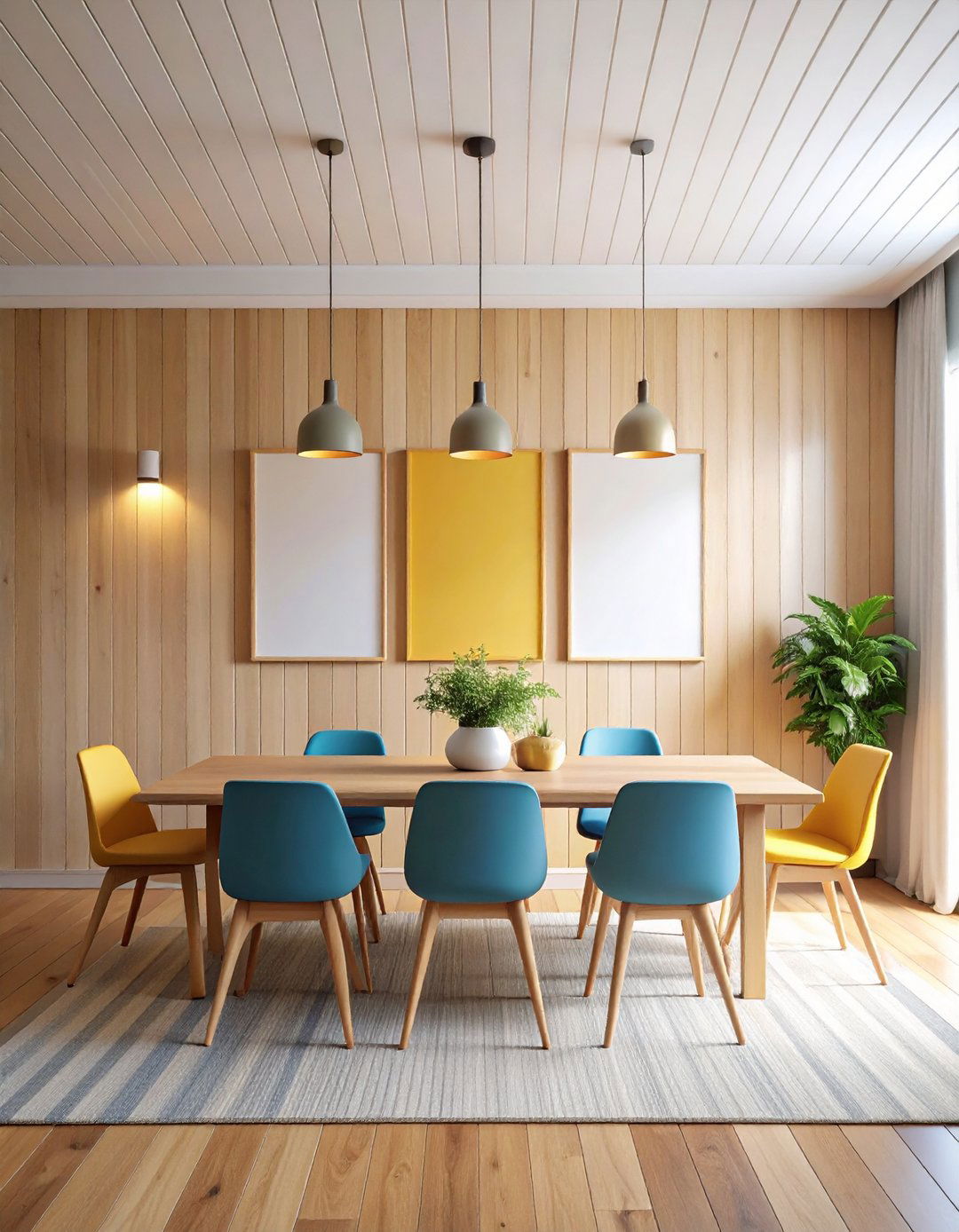
Install shiplap across the wall, then use slim molding to create frames for a curated gallery of art and photos. The shiplap’s linear texture adds cohesion beneath each framed piece. Opt for a consistent frame style—such as black metal or natural wood—to unify the display. Arrange pieces in a balanced grid or salon-style layout above a buffet or sideboard. Incorporate wall-mounted picture lights to highlight the artwork and the shiplap texture.
7. Rustic-Chic Board and Batten Mix

Combine shiplap with board and batten by installing batten strips vertically over horizontal boards to create a paneled effect. Paint the entire assembly a single color—white or charcoal—for a modern yet classic look. The added battens break up the expanse of shiplap and introduce architectural interest. This approach suits both traditional and contemporary dining rooms. Accentuate with a simple console table and metal-frame mirror to maintain balance.
8. Shiplap Ceiling Feature
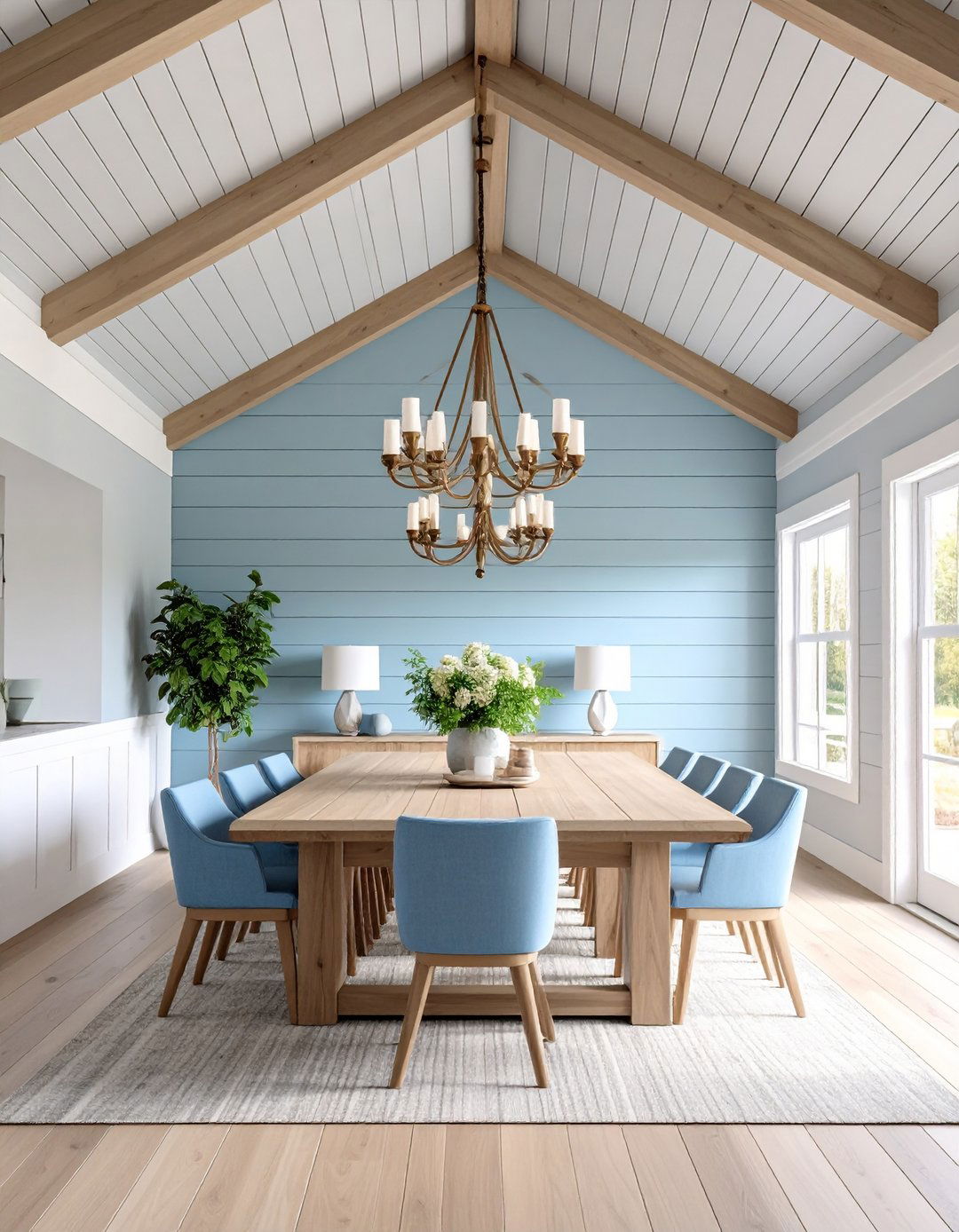
Extend shiplap onto the ceiling above the dining table to create a cozy, enveloping effect. Painting the ceiling boards in a soft gray or pale blue adds subtle color without narrowing the room. A statement chandelier hanging from the center draws attention upward. Keep adjoining walls neutral to highlight the ceiling feature as the focal point. Incorporate sconces on the side walls to reinforce the ceiling’s texture and warmth.
9. Shiplap Half-Wall with Built-In Bench
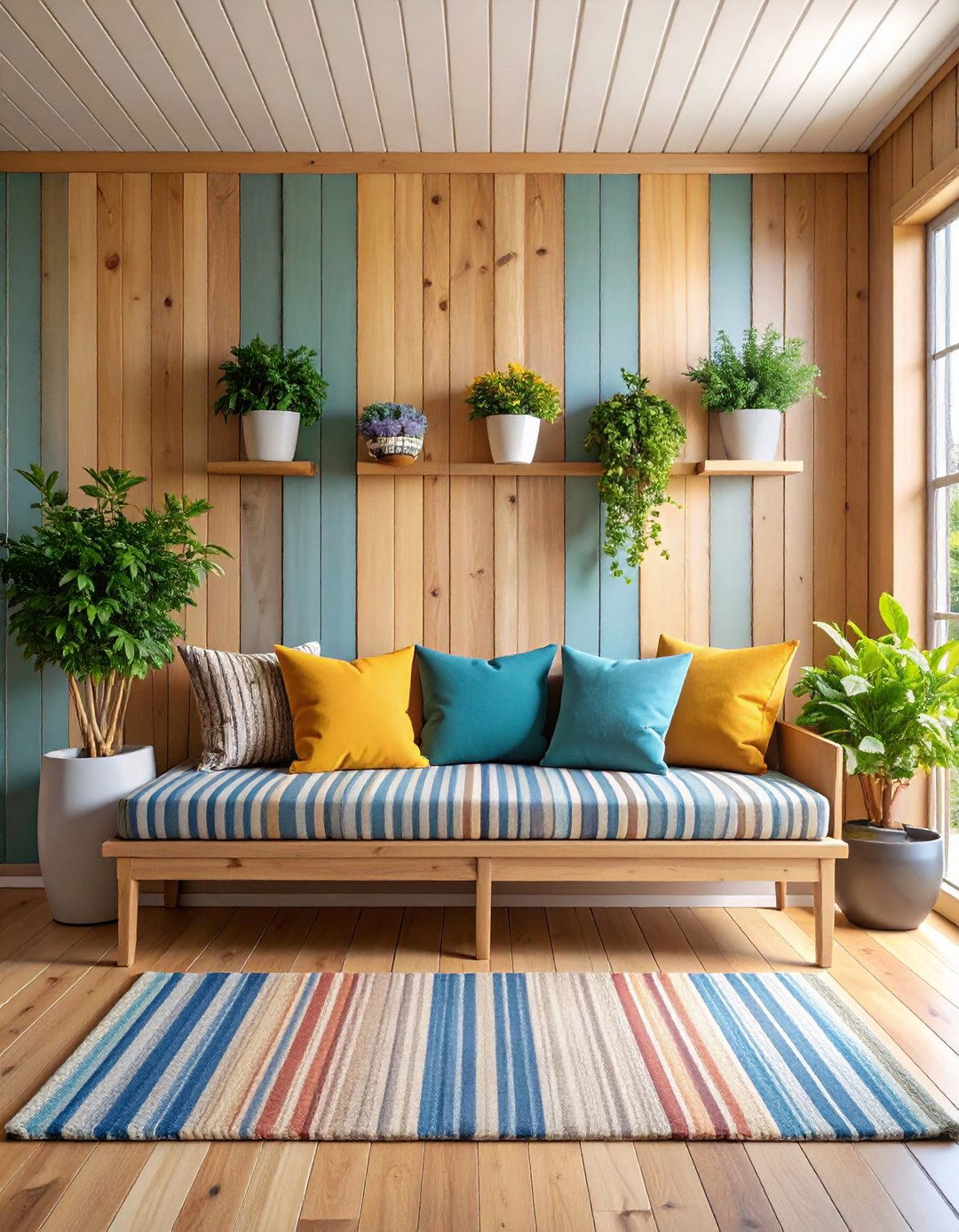
Install shiplap on the lower half of the wall and add a built-in bench with storage beneath for a functional breakfast nook. Upholster the bench cushion in a durable fabric—such as striped canvas or leather—for comfort and practicality. Paint the upper wall a complementary shade to define the seating area. Accentuate with throw pillows in varying textures for a layered look. A narrow ledge above the shiplap can display small plants or decor items.
10. Black-Painted Shiplap for Drama
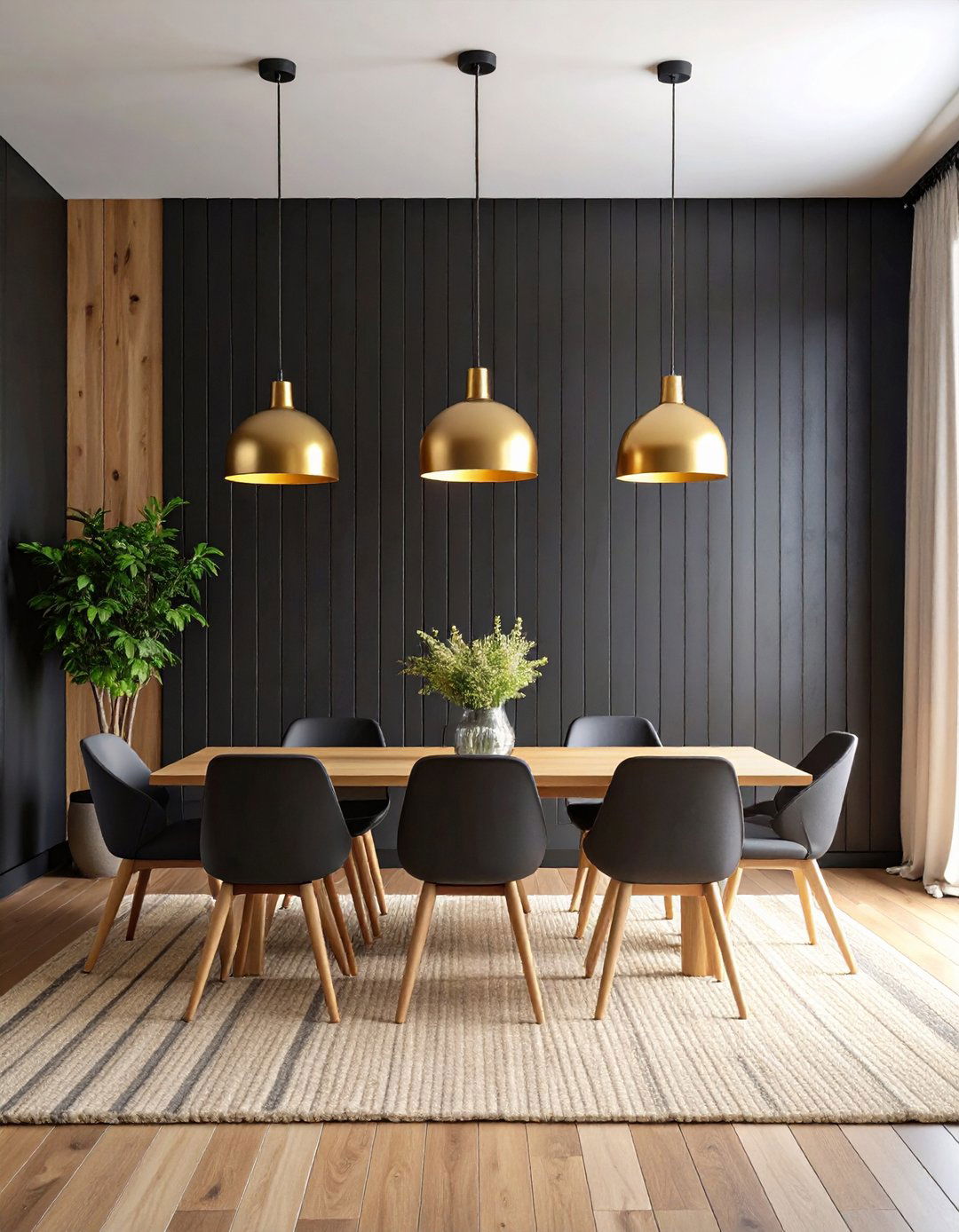
Paint shiplap in a bold black or charcoal to create a dramatic accent wall behind a dining table. Dark walls intensify the sense of intimacy, especially in rooms with ample natural light. Complement with brass or gold accents—such as pendant lights and mirror frames—for a luxe contrast. Soften the space with a light-colored rug and linen-covered chairs. Hang an oversized mirror to reflect light and prevent the wall from feeling too heavy.
11. Shiplap with Integrated Metal Shelving
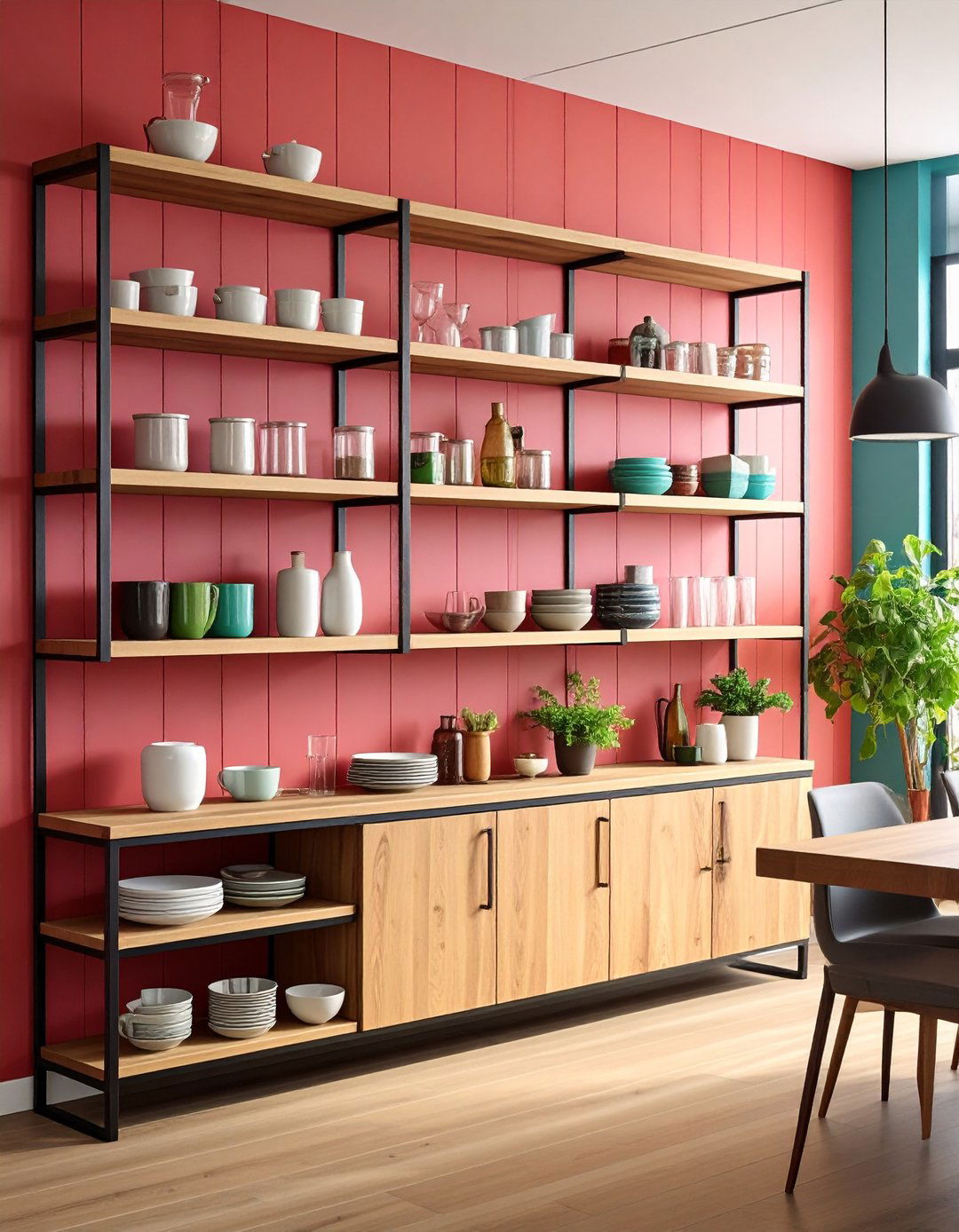
Combine shiplap with floating metal and wood shelves mounted directly on the boards for open storage. Use reclaimed wood shelves and matte black brackets for an industrial-farmhouse look. Showcase ceramics, glassware, and cookbooks to personalize the dining space. Ensure proper spacing between shelves to maintain the visual rhythm of the shiplap. Accent with decorative hooks for hanging utensils or greenery.
12. Shiplap Backdrop for a Mirror Wall
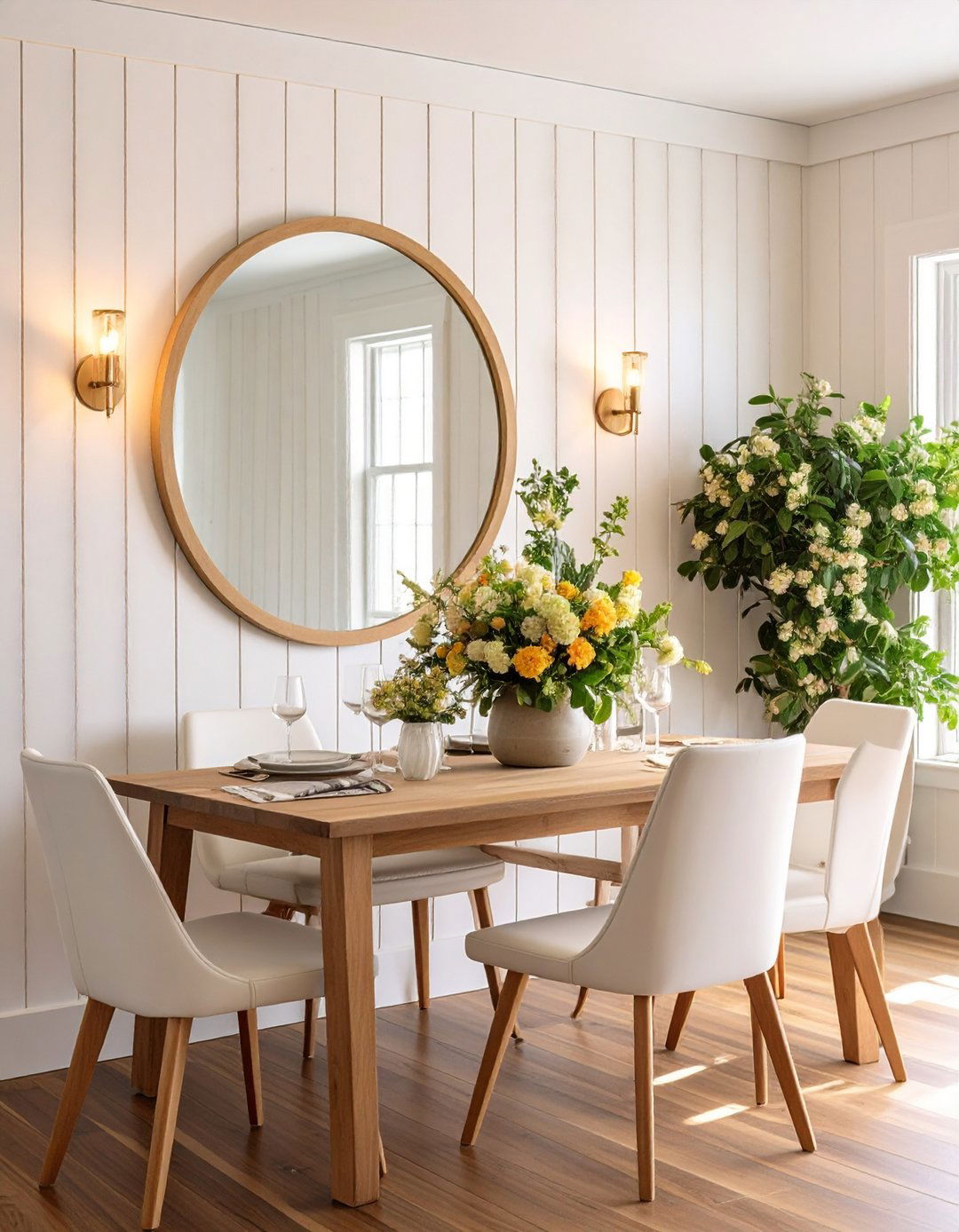
Cover the entire wall in white or stained shiplap and mount a large statement mirror at table height. The mirror amplifies light and showcases the shiplap’s texture. Frame the mirror in matching wood for a cohesive look. Place wall sconces on either side to highlight both the mirror and the shiplap. Use the reflective surface to visually expand smaller dining areas.
13. Painted Chevron-Patterned Shiplap
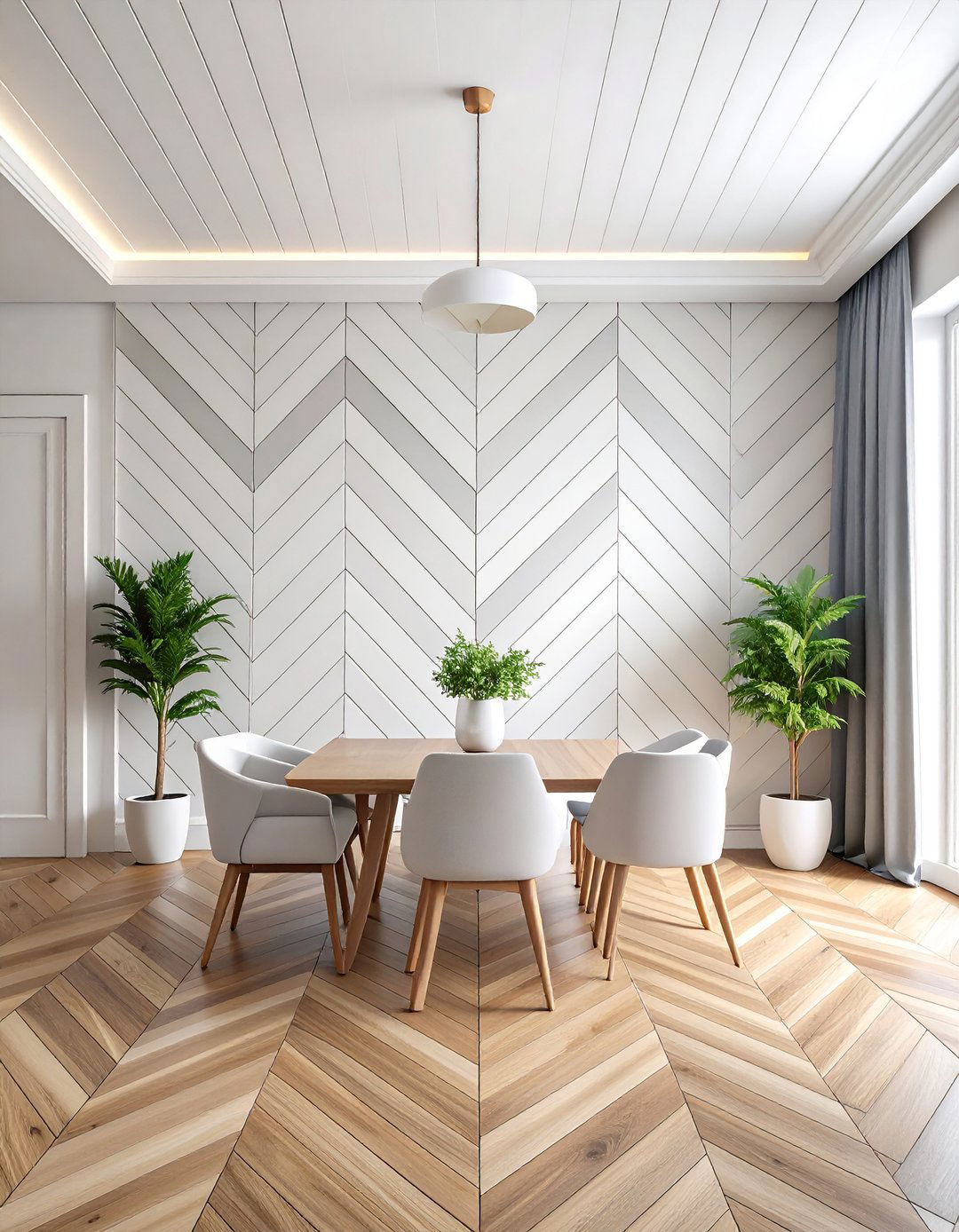
Cut or install shiplap boards in a chevron pattern and paint them in a fresh white or subtle gray for a unique twist. The V-shaped layout creates dynamic movement and interest. Keep color contrast minimal to let the pattern be the focal point. Frame the wall with simple trim to contain the design. Style with minimalist furniture to allow the wall’s geometry to stand out.
14. Two-Material Feature Wall: Shiplap and Brick
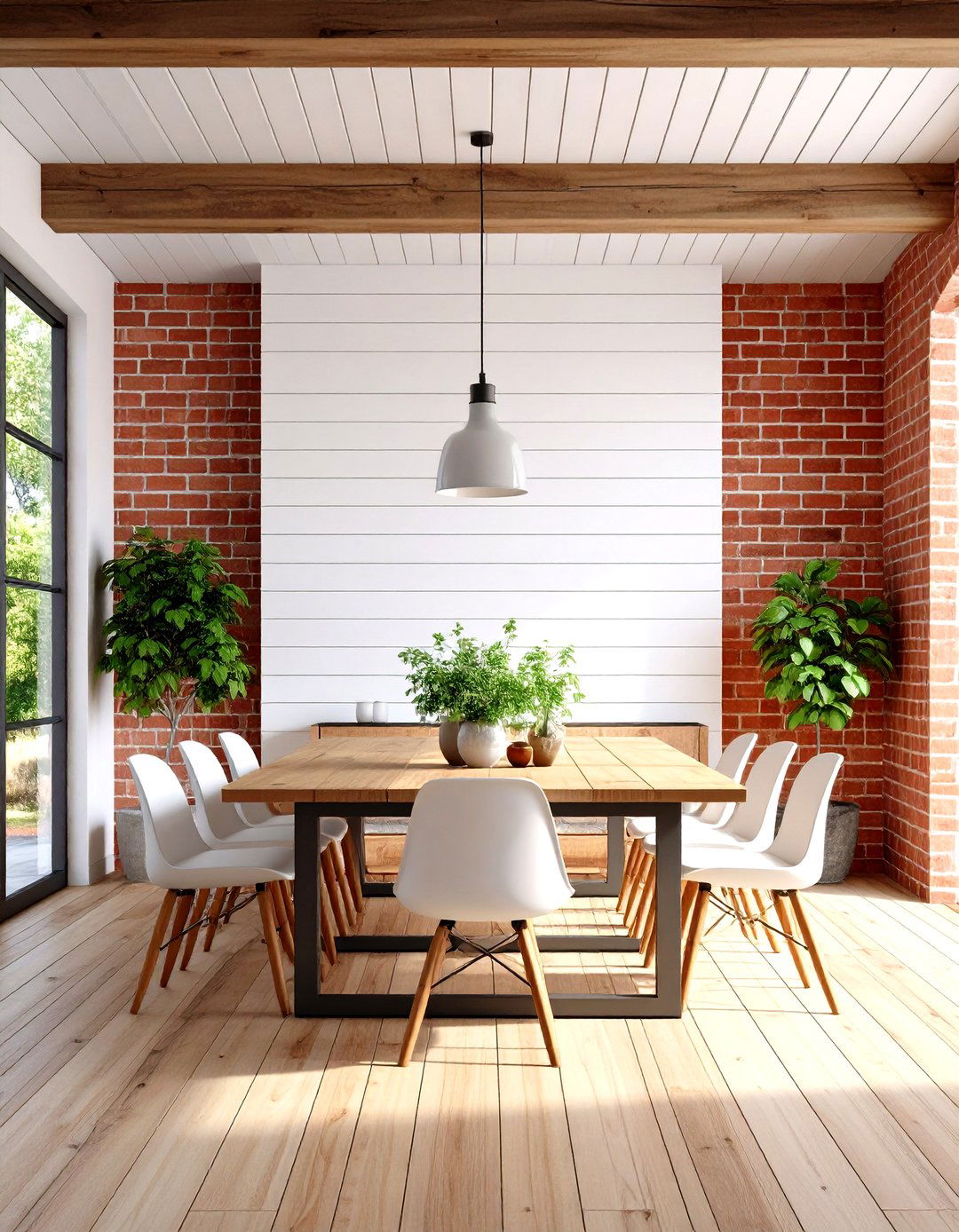
Install shiplap on one half of the wall and expose or add brick veneer on the other half for textural contrast. Choose complementary tones—white shiplap with warm red brick or gray shiplap with whitewashed brick. The juxtaposition of wood and masonry creates an industrial-rustic vibe. Use a narrow vertical divider—like a steel beam or wood trim—to delineate materials. Balance with neutral furnishings and metal accents to tie both textures together.
15. Shiplap with Hidden LED Lighting
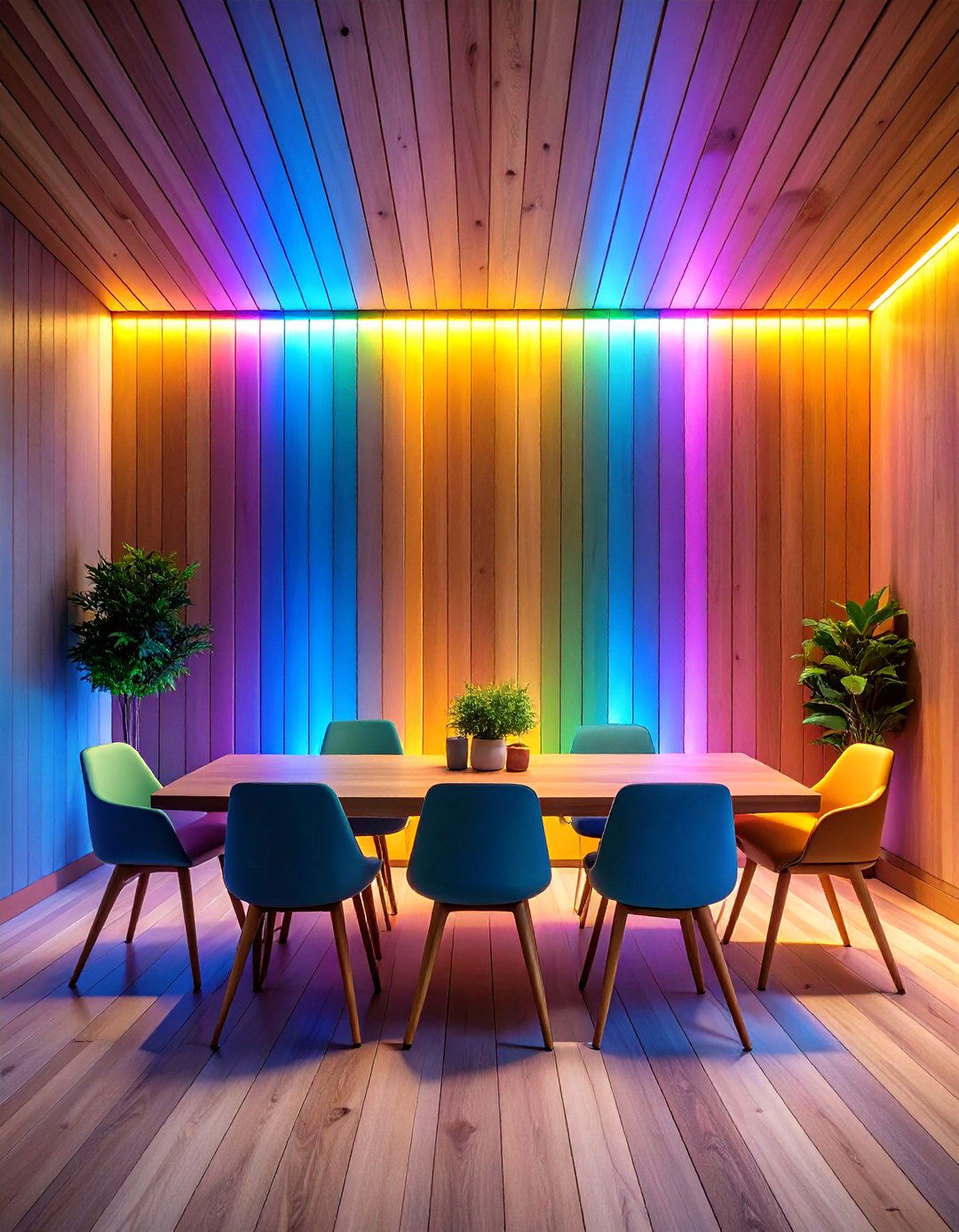
Mount shiplap boards slightly off the wall to conceal LED strip lighting behind the seams for soft indirect illumination. The glow emphasizes the board edges and adds modern ambiance. Paint boards in a light shade to maximize the interplay of light and shadow. Integrate a dimmer switch for adjustable mood lighting during meals. Pair with minimalist pendant lights for layered lighting without overwhelming the wall feature.
16. Coastal-Inspired Blue-Turquoise Shiplap
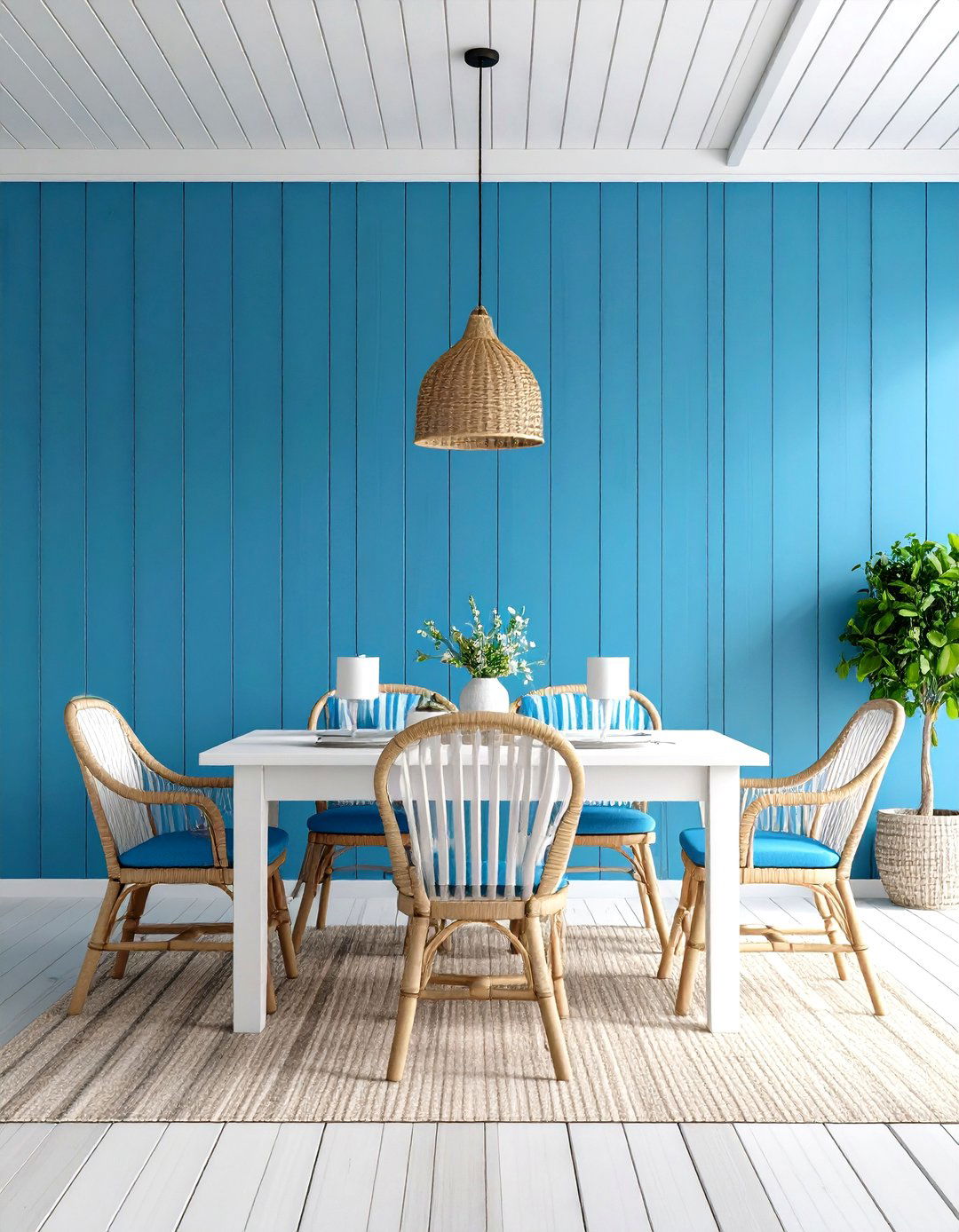
Channel beachside serenity by painting shiplap in a soft blue or turquoise hue. Complement with whitewashed furniture and driftwood decor for a relaxed coastal look. Incorporate natural fiber rugs and woven chairs to enhance the seaside vibe. Accent with nautical elements like rope curtain tiebacks or shell-inspired lighting. Use crisp white trim to frame windows and doors against the colored boards.
17. Shiplap Wainscoting with Painted Upper Walls
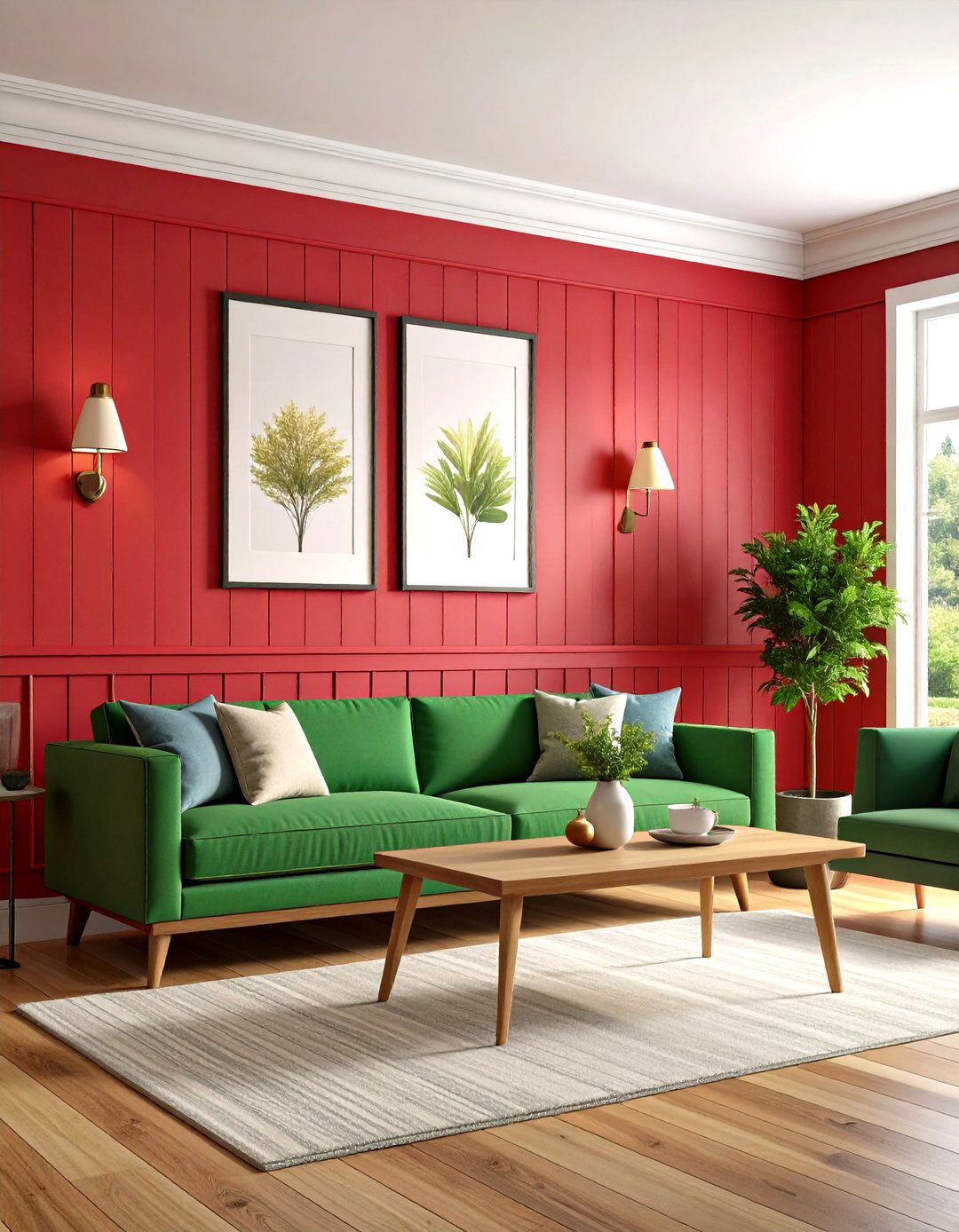
Install shiplap on the lower two-thirds of the wall and paint the top third in a complementary bold color. This approach mimics traditional wainscoting with a modern twist. The painted upper section adds visual height and drama without full-wall commitment. Top with a simple cap molding to create a clean break between materials. Adorn with artwork or a wall shelf to personalize the space.
18. Mixed-Width Shiplap for Subtle Texture
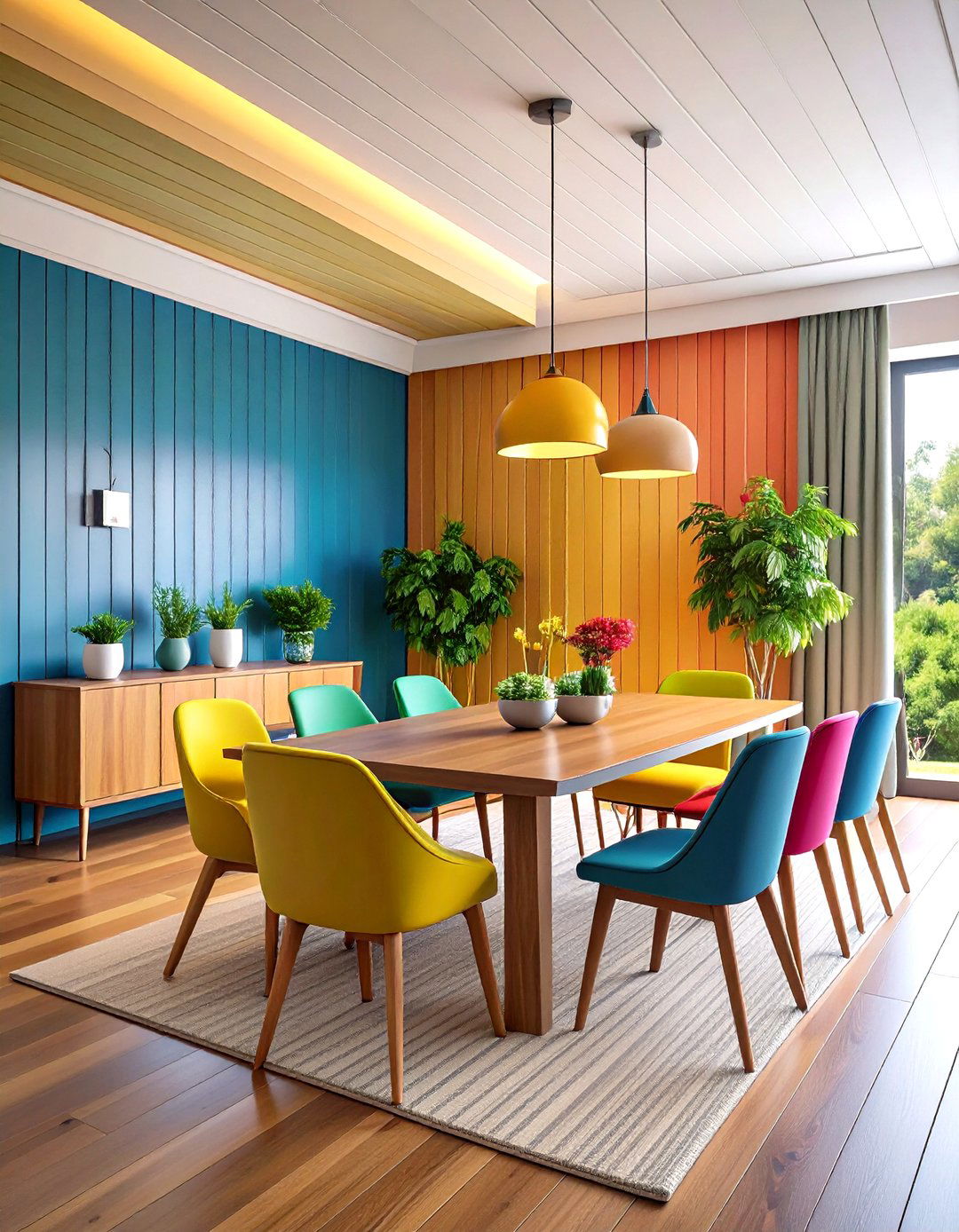
Vary the width of shiplap boards—combining narrower and wider planks—for an understated, tactile effect. Paint all boards in a uniform color to maintain cohesion while still showcasing the texture variation. This treatment works especially well behind a buffet or sideboard where interest is desired without distraction. Pair with sleek, modern furniture to highlight the wall’s subtle complexity. Illuminate with adjustable track lighting to accentuate the varying board depths.
19. Shiplap with Inset Chalkboard Panel
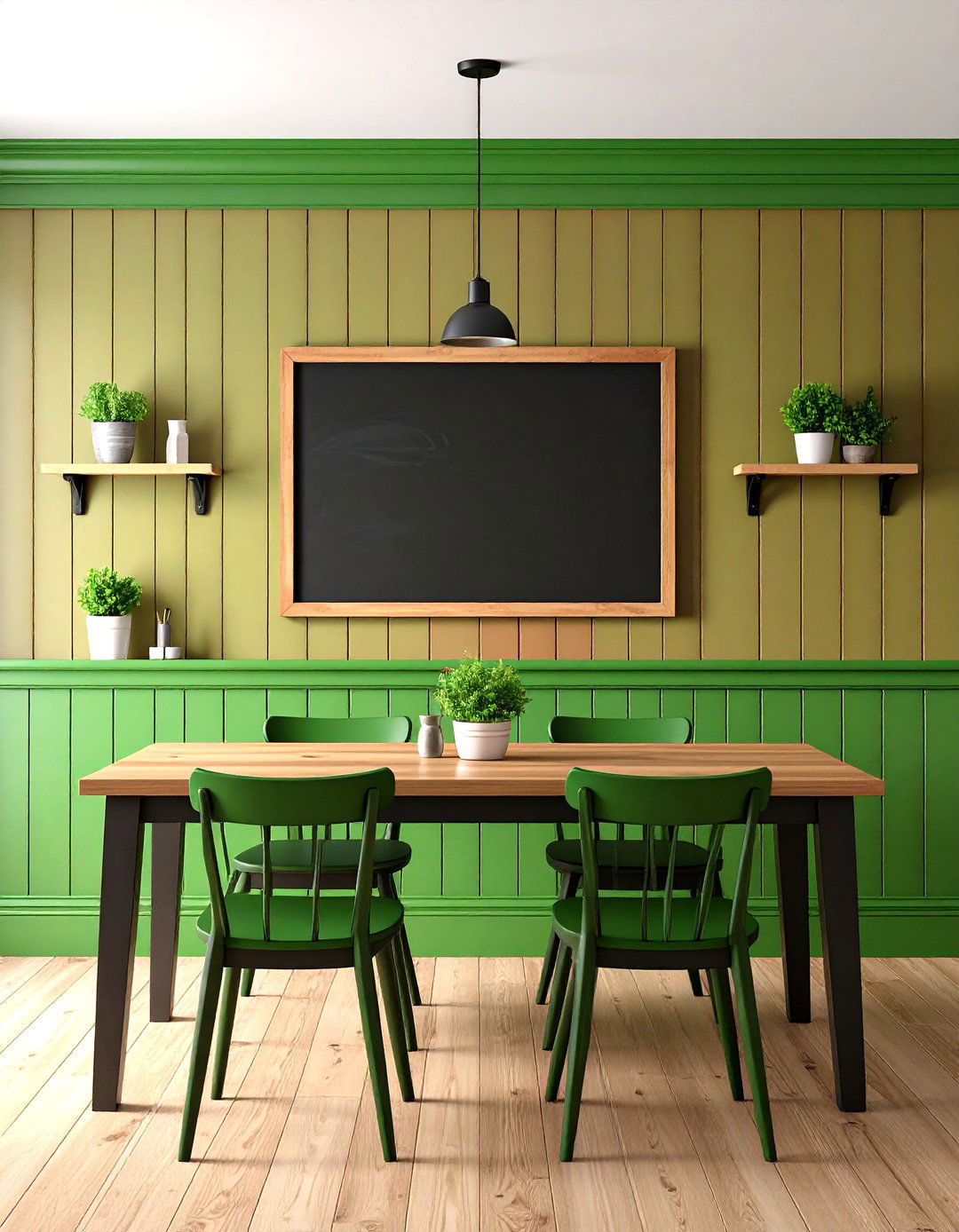
Frame a central section of the shiplap wall with molding and paint the inset as a chalkboard for menus, quotes, or seasonal messages. The surrounding shiplap maintains a cohesive look while the chalkboard offers functional charm. Use chalk markers or traditional chalk for easy updates. Add a small shelf beneath for storing chalk and erasers. Style nearby with casual bistro chairs to reinforce the café-style feature.
20. Shiplap with Overhead Tray Ceiling Accent

Extend shiplap up into a shallow tray ceiling above the dining table for a cohesive overhead feature. Paint the recessed area in a contrasting color—such as deep navy or charcoal—to frame the shiplap and create depth. Install a central chandelier or pendant cluster within the tray to draw focus upward. Keep adjoining ceiling surfaces plain white to accentuate the tray detail. Surround the space with simple wall art or mirrors to complete the immersive shiplap look.
Conclusion:
Shiplap walls offer boundless creativity, from classic white boards to bold color and mixed materials. By varying orientations, finishes, and complementary accents—like wallpaper, brick, or lighting—you can tailor the look to any dining room style. Functional integrations such as shelving, bench seating, and chalkboards enhance practicality while maintaining aesthetic appeal. Whether aiming for rustic farmhouse warmth or modern textural intrigue, these 20 ideas demonstrate shiplap’s versatility in crafting inviting, personalized dining spaces.



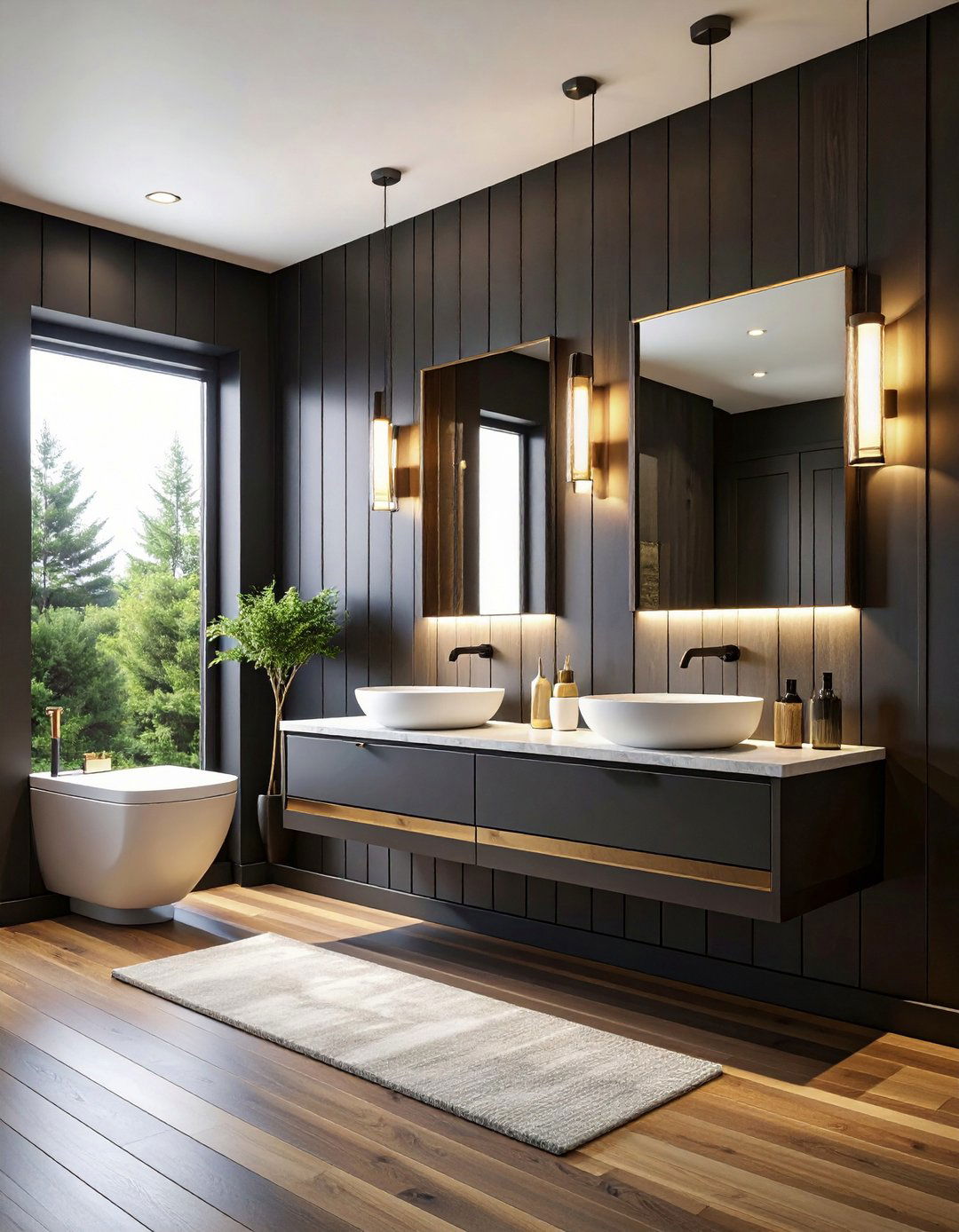
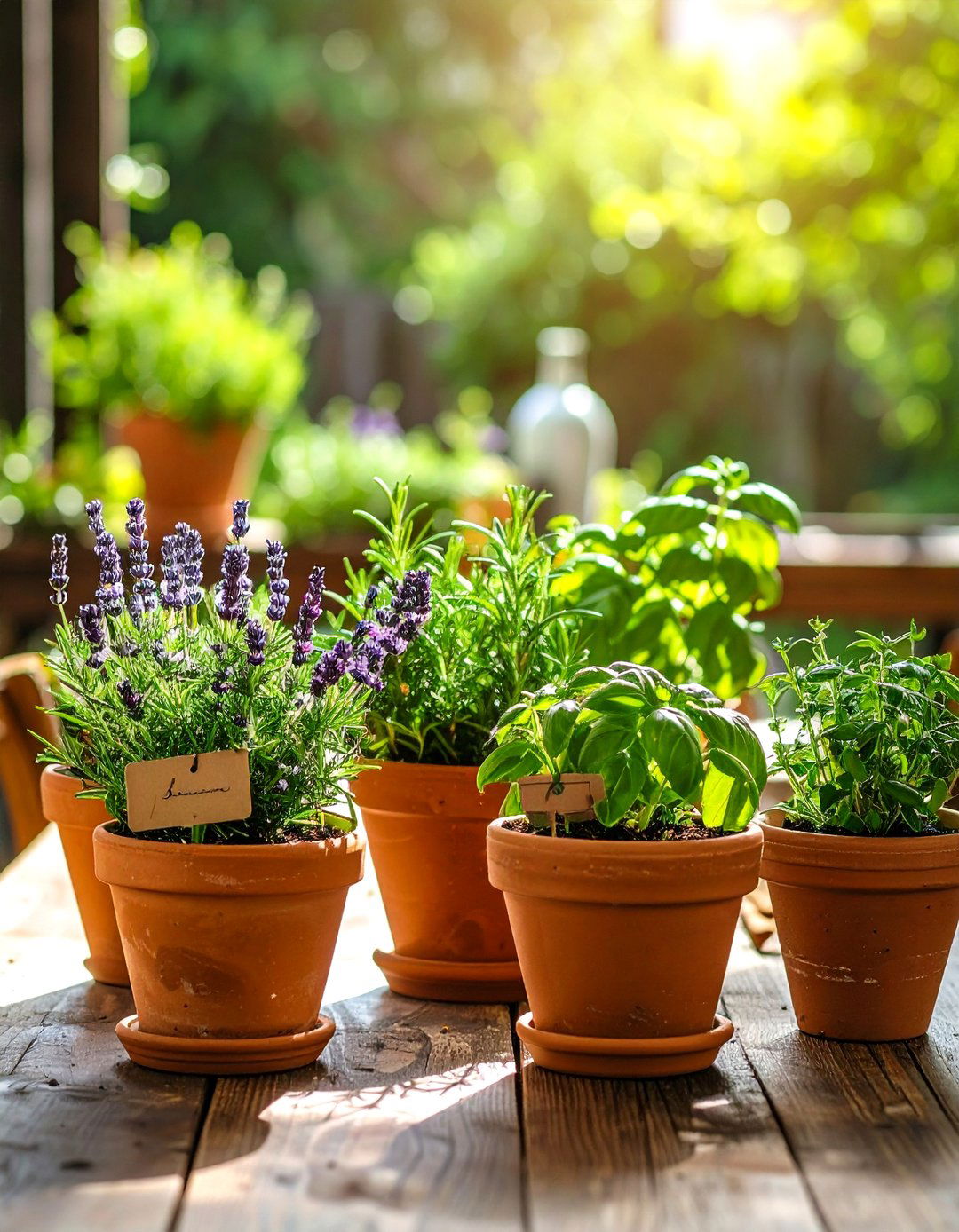
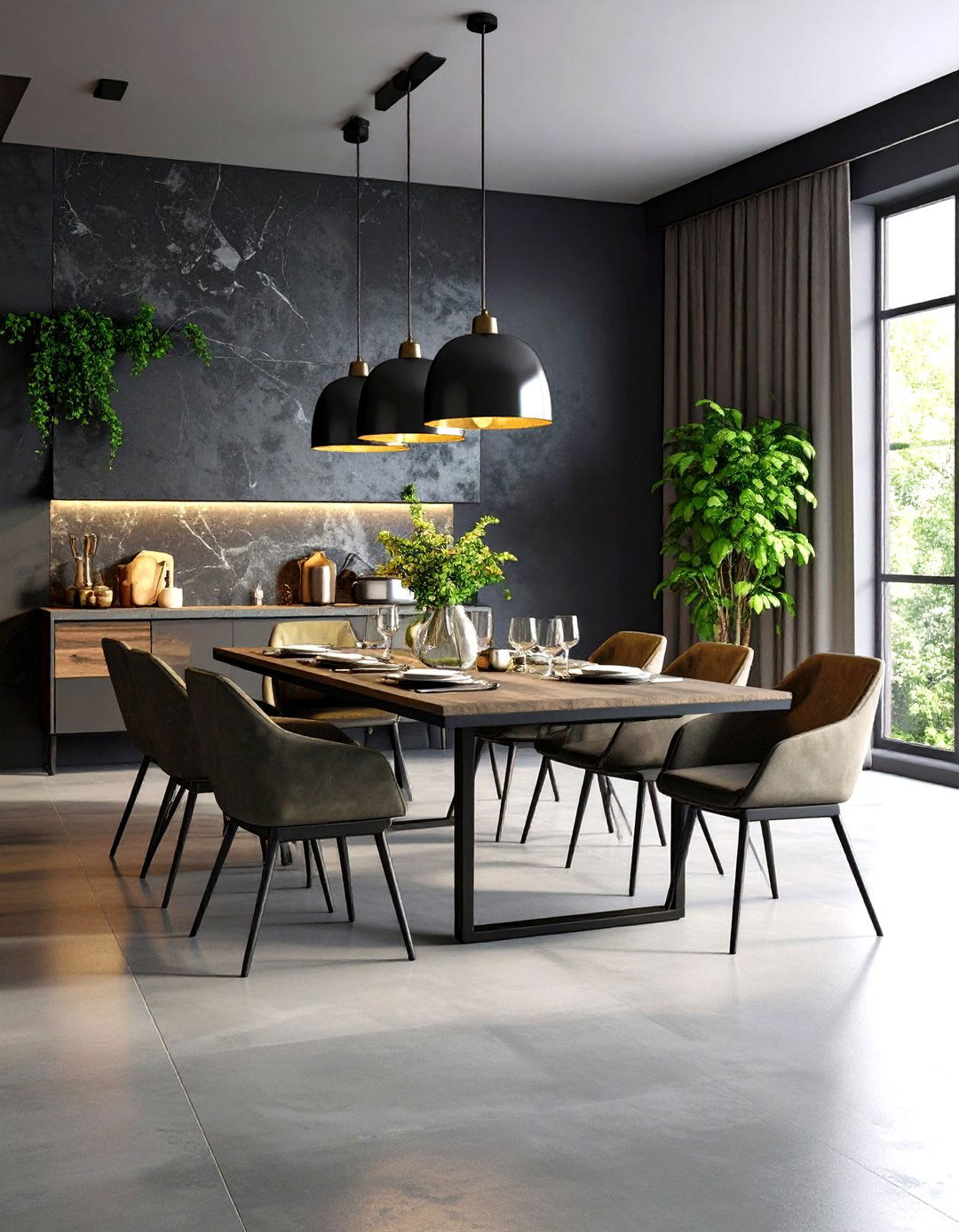
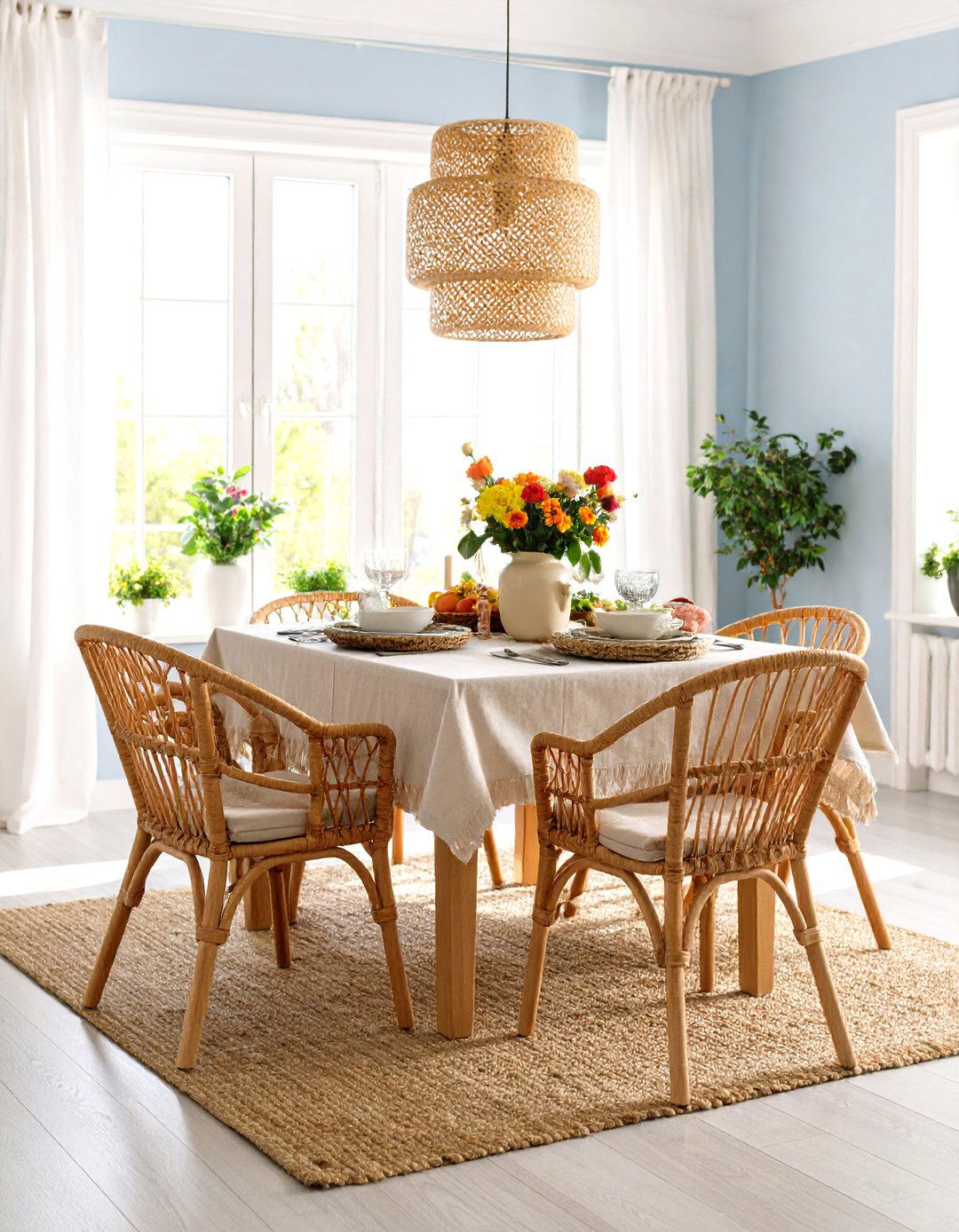
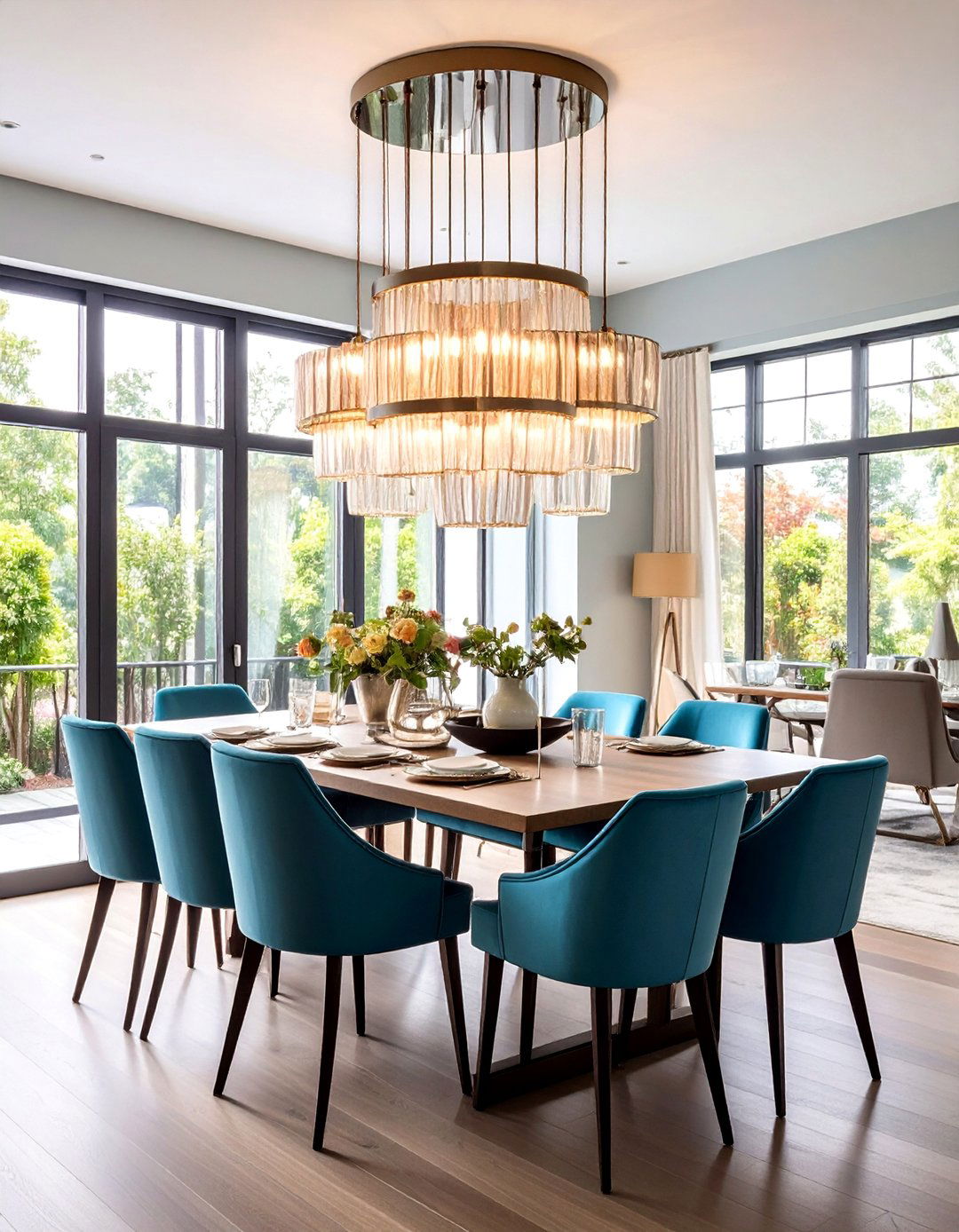


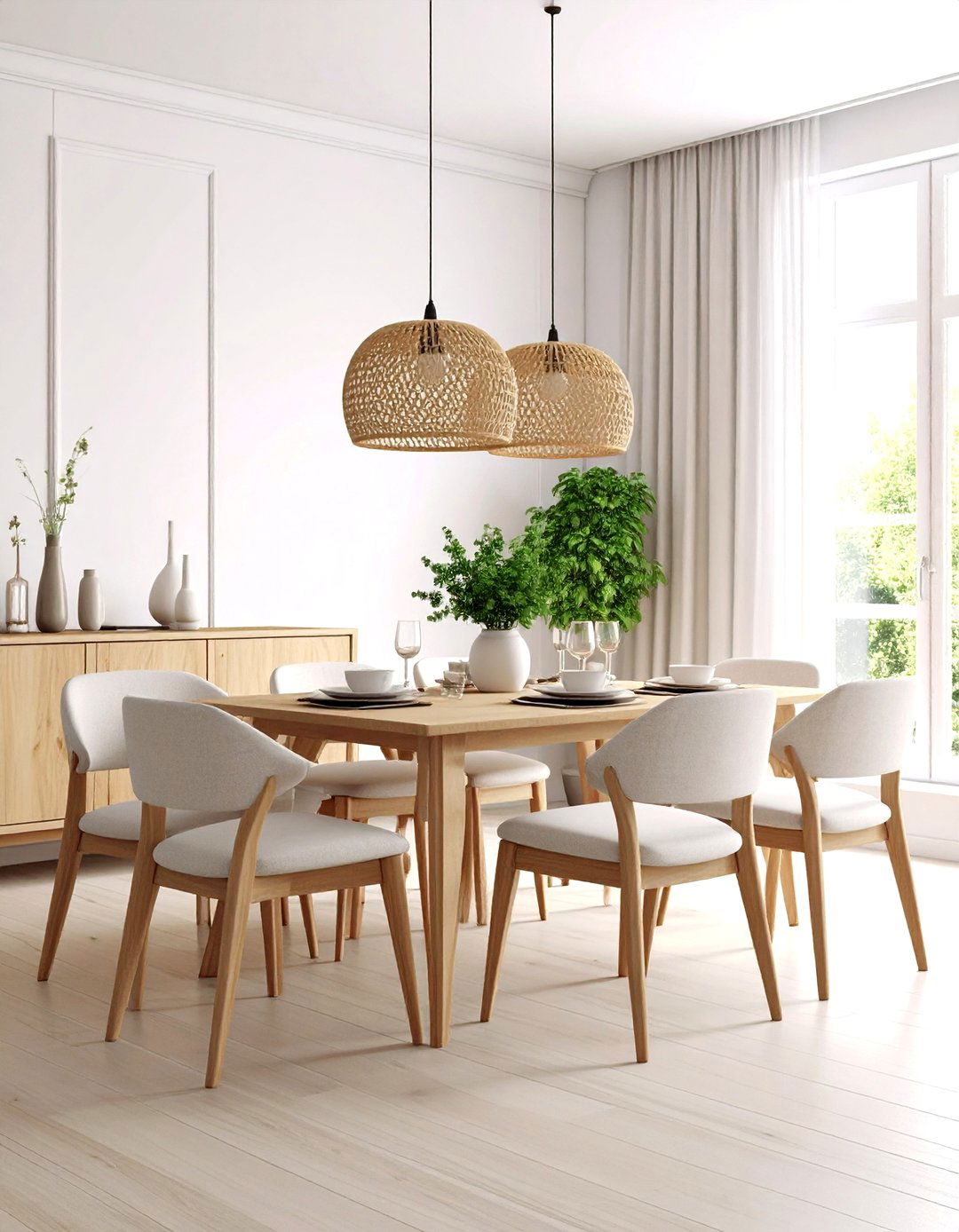
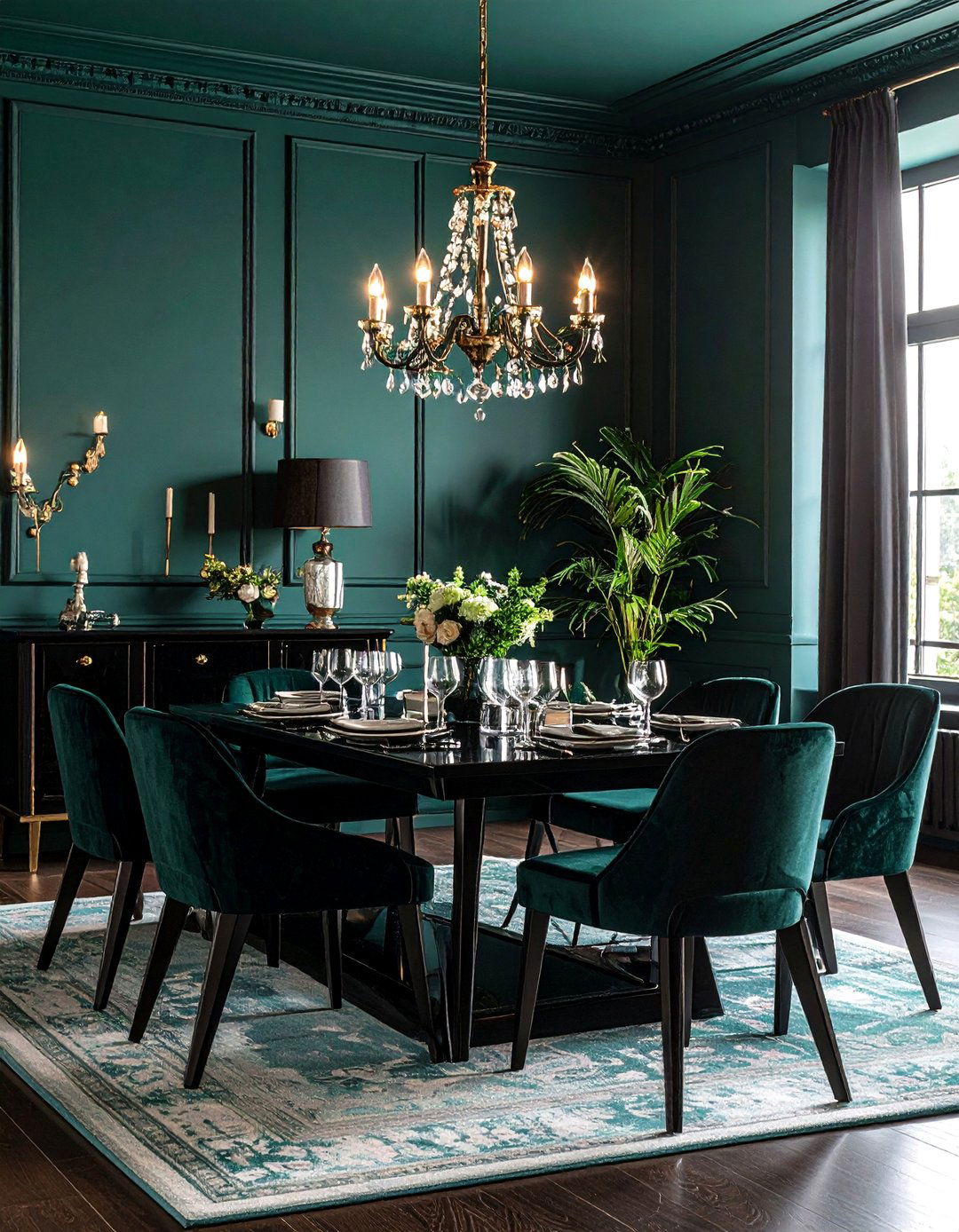
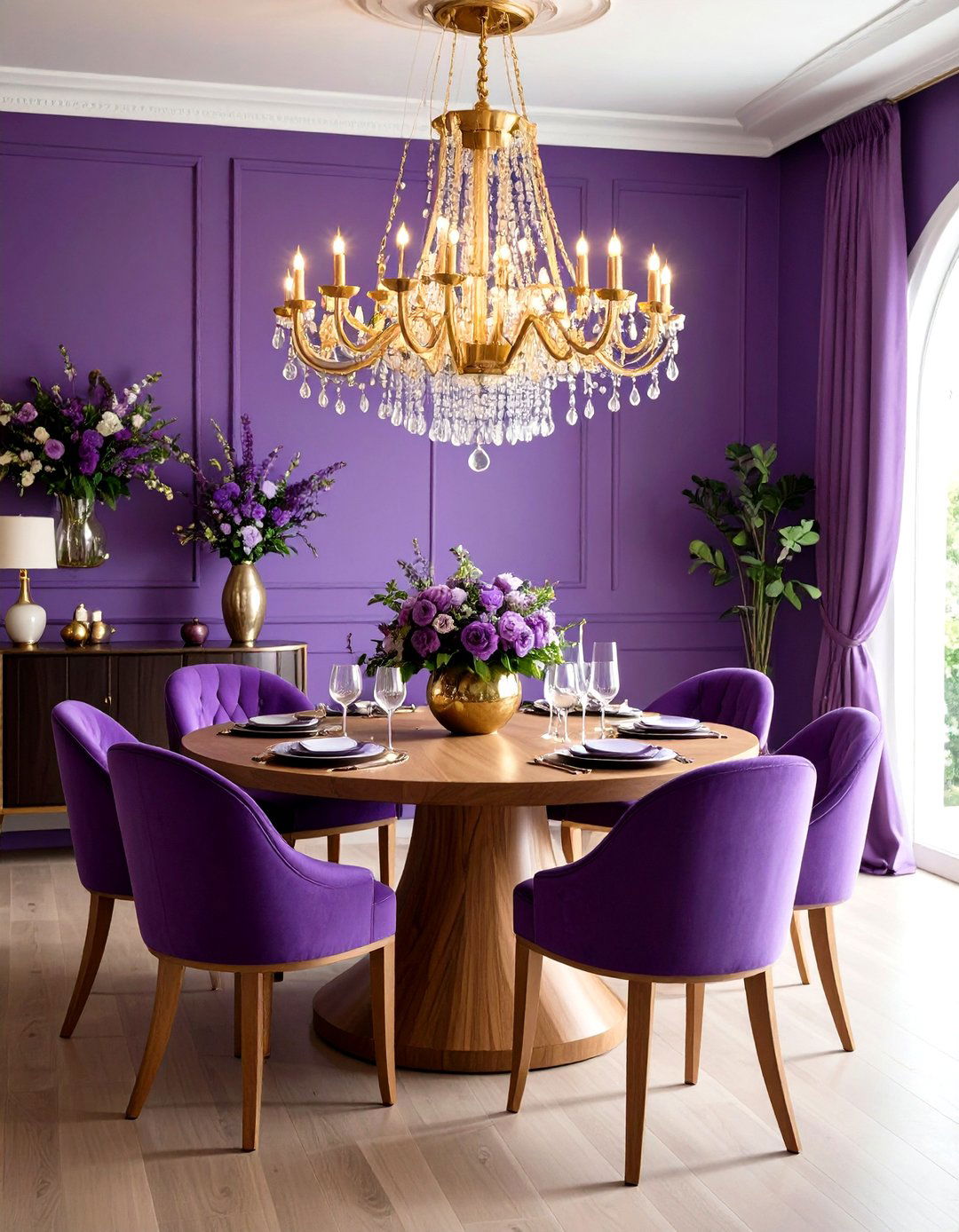
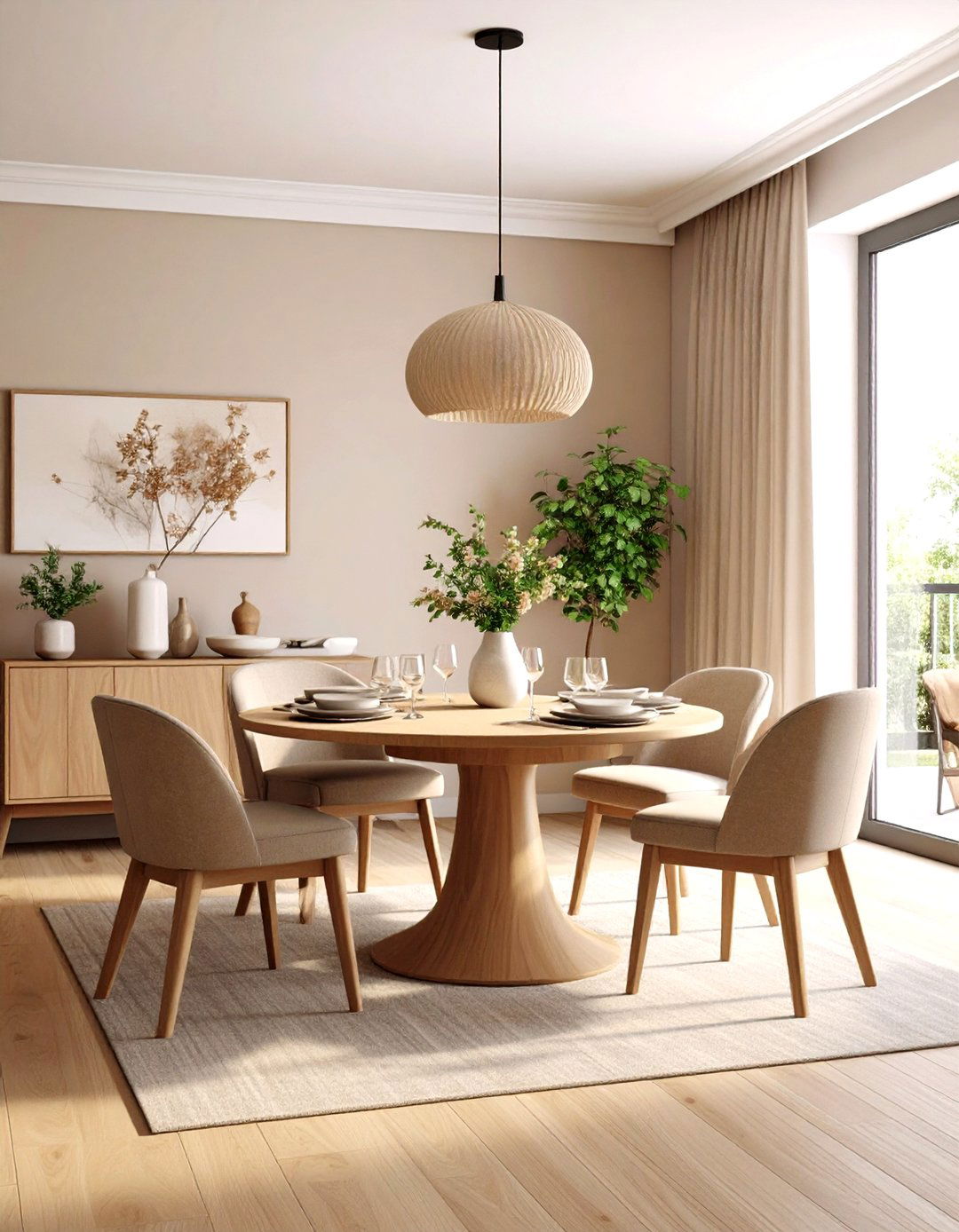
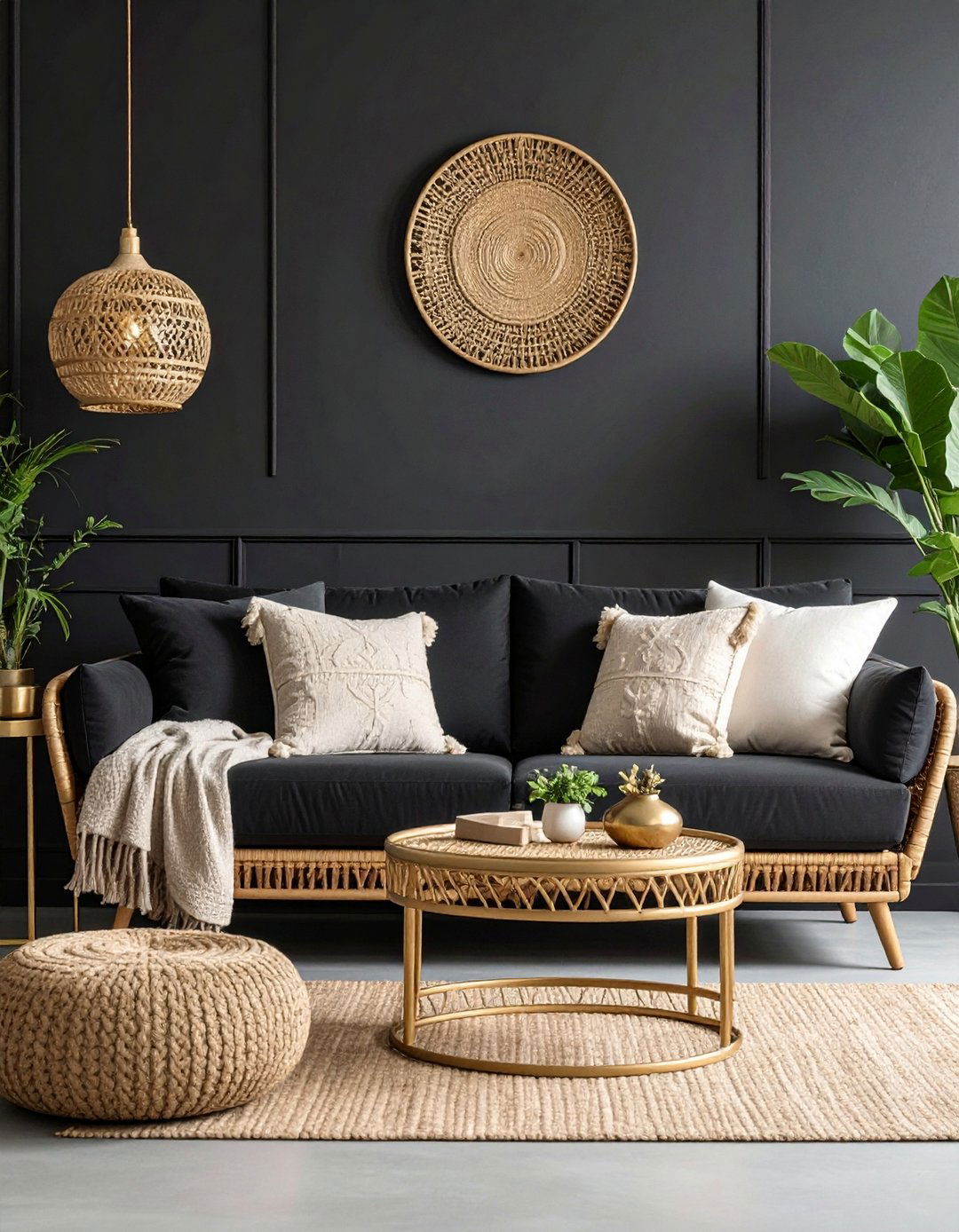
Leave a Reply